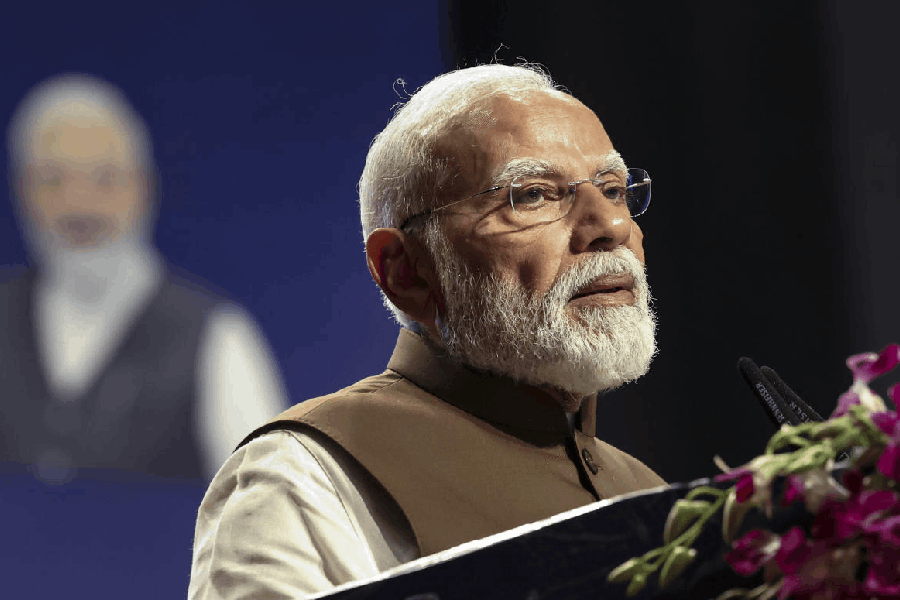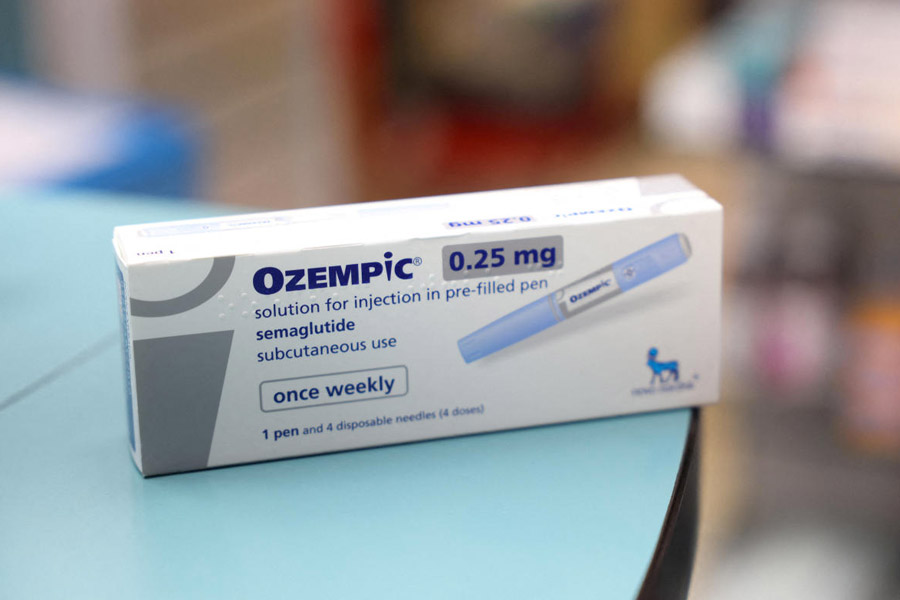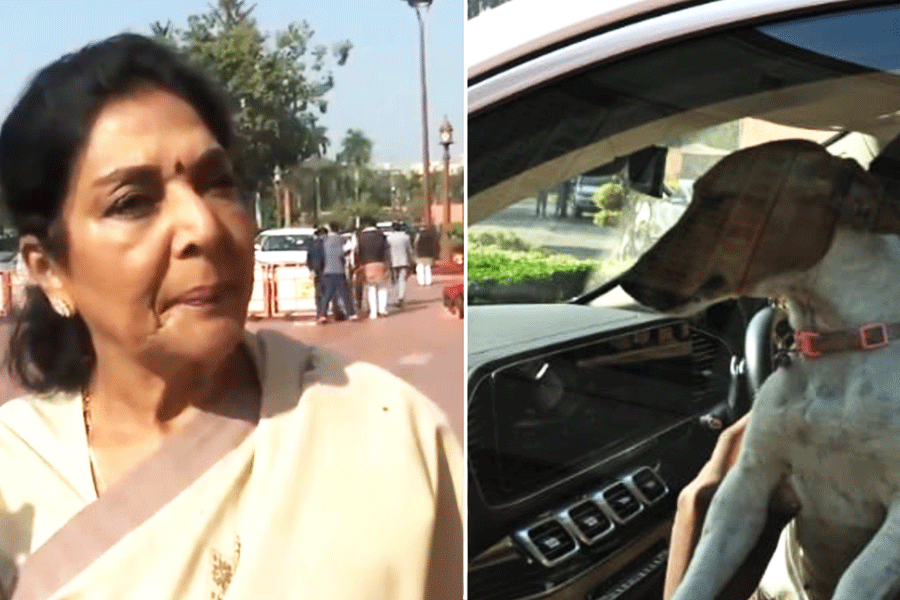The current unprecedented humanitarian crisis has exposed the country’s health system as well as its administrative capacities to address a challenge of this scale. The second wave of the coronavirus has created a catastrophe wherein both life and livelihoods are at stake.
The government’s short-sightedness and lack of vision have damaged the ecosystem of governance pertaining to health and livelihood. When it had the time and the opportunity to rejuvenate the health system, the Centre did not heed the suggestions made by civil society and experts. It was more interested in winning elections than saving lives.
The Union government should take lessons from the past for the sake of the future. While battling Covid-19, it should simultaneously focus on a long-term plan to generate sustained employment for citizens and create robust universal social security for the marginalized.
Unlike last year, the virus has spread to the rural areas. The health hazards are expected to create massive chaos and ruckus in village communities. Districts and block headquarters are short of resources to respond to the medical needs of the people. Many states have imposed strict lockdowns, causing loss in employment and income for rural citizens. The losses for daily wage workers, livestock rearing communities and marginal farming households will cause economic distress and increased indebtedness. The food crisis will intensify in the coming months on account of income losses, restricted movements, and reduced market capacities due to full or partial lockdowns.
It is thus important to ensure access to basic services and security in terms of shelter, food and a regular source of income. The expansion and the strengthening of the National Food Security Act and the National Rural Employment Guarantee Act can play a vital role in preventing people from slipping into abject poverty.
The Centre announced five kilogrammes of free grain for individuals enlisted under the NFSA through the public distribution system for May and June. This will be done under the Pradhan Mantri Garib Kalyan Anna Yojana. Earlier, the Centre had allocated Rs 73,000 crore for the NREGA; this was about Rs 38,500 crore less than that of the revised estimate of last year. The Centre had also notified an annual increment of about 4 per cent in NREGA wages. This approach is rather conservative. Instead of short-term support, the government should look to do the following that can have a larger impact on the rural masses.
The public distribution system must be expanded. India reportedly produced record amounts of rice and wheat last year. Procurement through mandis was, therefore, significantly higher. As of April 30, in the rabi marketing season, 280.39 lakh tonnes of wheat had been procured which is 137.39 lakh tonnes more than last year. Similarly, the procurement of rice has broken all past records (465. 47 lakh tonnes) in the last kharif marketing season. It is perfectly possible to expand the safety net of the NFSA to include more families under PMGKAY.
The NREGA needs to be strengthened. Data for official work demand for April 2021-22 shows that 22 per cent more households have demanded work under the NREGA than that of April 2019-20. Reverse migration will only increase in the coming months as the states start to impose stricter periodic lockdowns. Total households demanding NREGA work in the next two months would be somewhere around 30 per cent more than that of 2019-20 during the same period: six crore households are expected to be working in the NREGA into 2021-22.
Now, let us examine the picture emerging from 2020-21 to understand the actual requirement for 2021-22. Out of the 7.56 crore households that worked in the NREGA in 2020-21, even if one crore households were to opt out this year, around 6.5 crore households are expected to still work in 2021-22. The Centre should budget for 75-80 days of employment per household given the scale of the economic distress. By this logic, at the current rate of Rs 268 per day per person, at least Rs1.3 lakh crore would need to be budgeted. The government should also hike NREGA wages by 10 per cent. Another Rs 10, 000 crore would be needed under the assumption that 6.5 crore households would need at least 75 days of employment. Even at a conservative estimate, no less than Rs 1.4 lakh crore will be required to match the ground requirements.
Additionally, the Centre should consider the following recommendations — instead of covering only ration card holders under the PMGKAY, the coverage should be extended to non-card holders as well; extend the free food grain programme under PMGKAY for a year instead of two months; expand the scope of the NREGA and allocate at least Rs.1.4 lakh crore for the scheme by approving a greater labour budget and a further increment in wage rates.
We are paying a heavy price for the Union government’s unpreparedness to deal with the Covid-19 pandemic. It should now act in a concerted manner to tackle the upcoming economic stress in the country, especially among unorganized workers in the informal sectors. India needs to be better prepared to avert hunger and joblessness among the poor and the marginalized.










